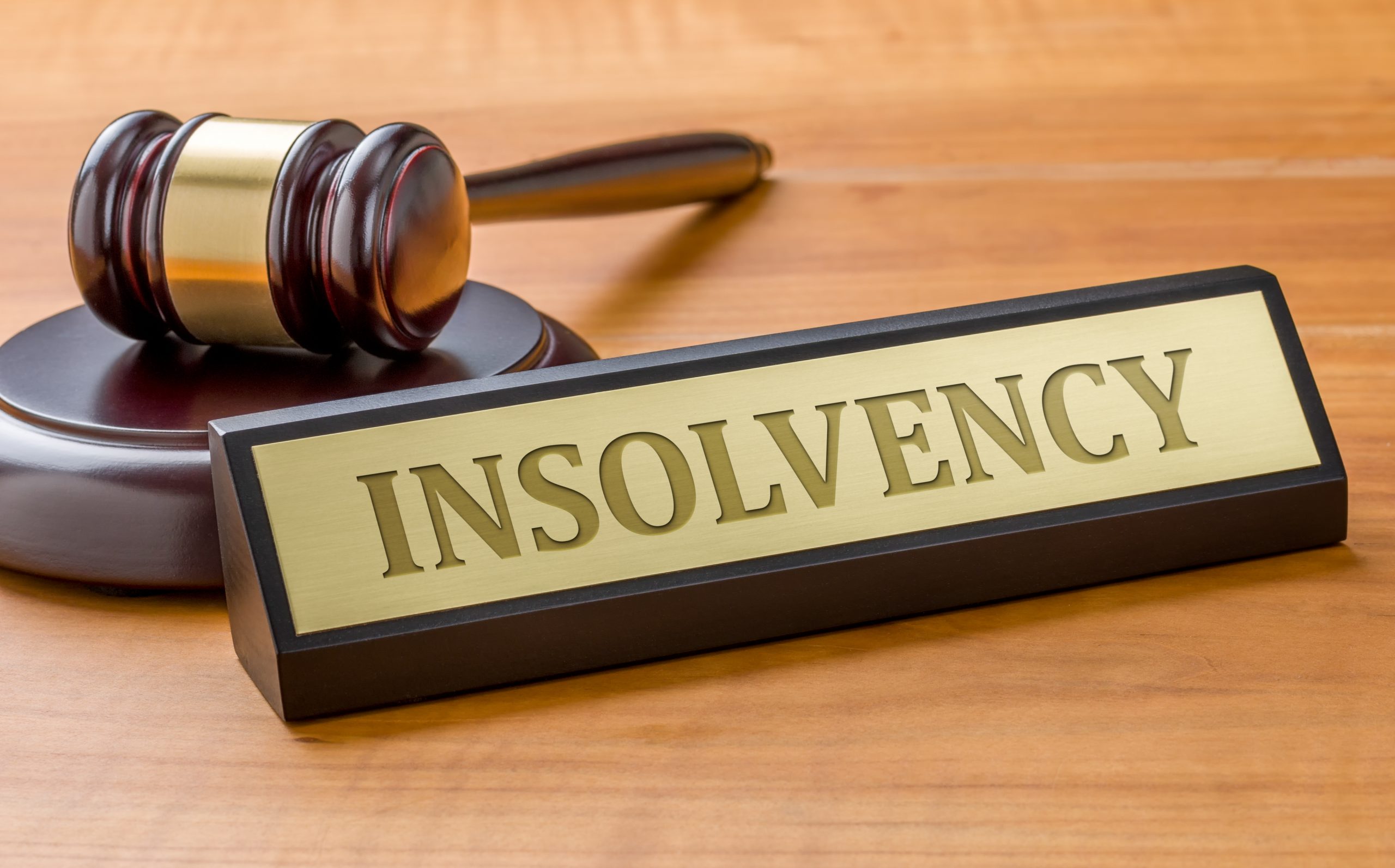In this article, our experienced insolvency lawyers explain all you need to know about legal proceedings on corporate insolvency and insolvent trading claims. We believe that with adequate knowledge about the bankruptcy act, personal insolvency agreements, restructuring insolvency, legal process, and how to get the best insolvency advice, our insolvency practitioners will make sure you are well-positioned to make good choices with your legal processes.
There is a widespread misconception that the terms “insolvency lawyers Canberra” and “bankruptcy lawyers Canberra” may be used interchangeably to describe the same thing. How frequently do you read news about corporations that are either declaring bankruptcy or trading while insolvent?
For a fact, these two things couldn’t be more unlike. Continue reading as our team of specialized bankruptcy attorneys explains the major distinctions between insolvency and bankruptcy.
The phrases “insolvency” and “bankruptcy” are frequently used interchangeably by a large number of people. Nevertheless, it is essential to be aware of the fact that the two are in fact quite distinct from one another. In this post, we will investigate the distinctions between the two topics.
Insolvency: what exactly is it?
The term “insolvency” refers to the state of being unable to pay off one’s obligations when they are due, and it can apply to both individuals and corporations.
What exactly is going bankrupt?

It is a common misconception that it is feasible for an Australian firm to file for bankruptcy; however, this is not the case. Individuals who are unable to pay their obligations when they are due are the only people who are permitted to go through the bankruptcy procedure under Australian law.
What are the primary distinctions between going bankrupt and declaring yourself insolvent?
In Australia, we have several different pieces of law that each address a specific aspect of the insolvency process. Both the Corporations Act 2001 and the Bankruptcy Act 1966 cover insolvency proceedings for firms, however, the Corporations Act 2001 is more comprehensive.
What causes a business to lose its ability to pay its debts?
In the same way that individuals may become bankrupt when they take on too much debt, businesses can fail when they amass too much debt that they are unable to pay off. This may be the result of a number of events, including unanticipated natural disasters, shifts in market conditions, ineffective management, or unscrupulous practices. You can also read about Bankruptcy Rules that Insolvency Lawyers follow by clicking here.
Despite the fact that there are a great number of behaviors that point to a company’s insolvency, many people refer to this checklist, which includes, but is not limited to:
- Losses that have not stopped
- Liquidity ratios lower than one;
- Unpaid taxes to the state and the Commonwealth;
- Lack of access to alternative financing
- The inability to solicit more equity financing
- Suppliers placing [company] on COD;
- Issuing of post-dated cheques;
- Dishonoured cheques;
- Solicitors’ letters, summons[es], judgements, or warrants issued against the company;
- Inability to produce timely and accurate financial information to display the company’s trading performance and financial position and to make reliable forecasts;
What happens when firms are unable to pay their debts?
The Corporations Act 2001 is governed in Australia by the Australian Securities and Investments Commission (ASIC), which is responsible for its administration. The Act has a variety of different rules for enterprises to follow in the event that they become insolvent. They are as follows:
Voluntary Administration
In this scenario, the directors of the business or a secured creditor who has a charge over the majority of the firm’s assets will appoint an external administrator, sometimes known as a “voluntary administrator.”
After conducting an investigation into the company’s operations, the volunteer administrator will make a recommendation to the board of directors about whether the firm should continue business as usual, enter into a deed of company arrangement, or dissolve entirely.
Receivership
When a corporation enters receivership, which is a procedure that is often started by a secured creditor of the firm, a receiver is appointed to liquidate all of the company’s secured assets or a portion of those assets in order to pay off the debt that is owed to the creditor.
If any of the directors have personally guaranteed any of the company’s obligations, then they may also be subject to legal action from the company’s creditors.
Deed of Company Arrangement (DOCA)
This is an official and legally enforceable agreement between the directors of the firm and the creditors of the company. The agreement explains how the business’s affairs will be managed to best maximise the probability that the firm will continue trading or to offer a better return to creditors as an alternative to the company going into liquidation.
Liquidation
A firm is considered to be in the process of liquidation when all of its assets are formally sold off, with the revenues from the sales going towards the settlement of any outstanding debts owed by the company and any excess being distributed to the company’s shareholders.
In the event that there are insufficient finances, the firm will be liquidated, and any existing obligations will not be paid. There are two distinct forms of liquidation, namely:
Court liquidation: This is the consequence of an application being submitted to the court, which resulted in an order from the court (usually by a creditor of the business)
Creditors going into liquidation voluntarily This is a case of the corporation going into liquidation on its own initiative.
It’s possible that a director has provided a personal guarantee for the company’s obligations in certain situations, such as when the business went into receivership. At this point, filing a bankruptcy lawsuit (against the director) becomes a potential course of action.
What are the Repercussions of a Director of a Company Filing for Bankruptcy?
In the event that a Company Director makes the decision to file for bankruptcy, the bankruptcy petition will be lodged with the Australian Financial Security Authority (AFSA). They will lose the ability to govern corporations and will be removed from their positions as Director, Alternate Director, and Secretary unless the Court grants them permission to continue in those roles.
If they continue to do so after being found out and convicted, they face the possibility of receiving a fine of up to $8,500.00, a year in prison, or both of these punishments.
When dealing with issues related to corporate bankruptcy, it is very necessary to seek the guidance of professionals who have prior experience working in the relevant field. Get in touch with the insolvency lawyers at Chamberlains.com.au as soon as possible to set up a no-cost consultation.
When dealing with issues related to corporate bankruptcy, it is very necessary to seek the guidance of professionals who have prior experience working in the relevant field. Get in touch with the helpful staff at AV Lawyers right now to set up a no-cost consultation.
Contact our insolvency professionals at Chamberlains to get started today, to know more about all your concerns on voluntary administration, the personal bankruptcy act, commercial disputes, bankruptcy trustees, insolvency administrations, and potential personal liability.




